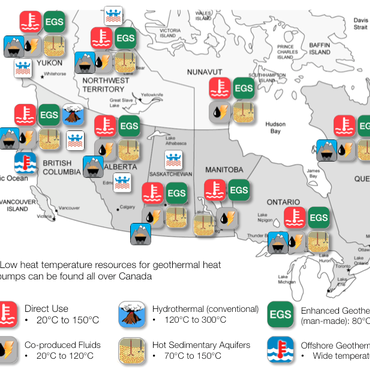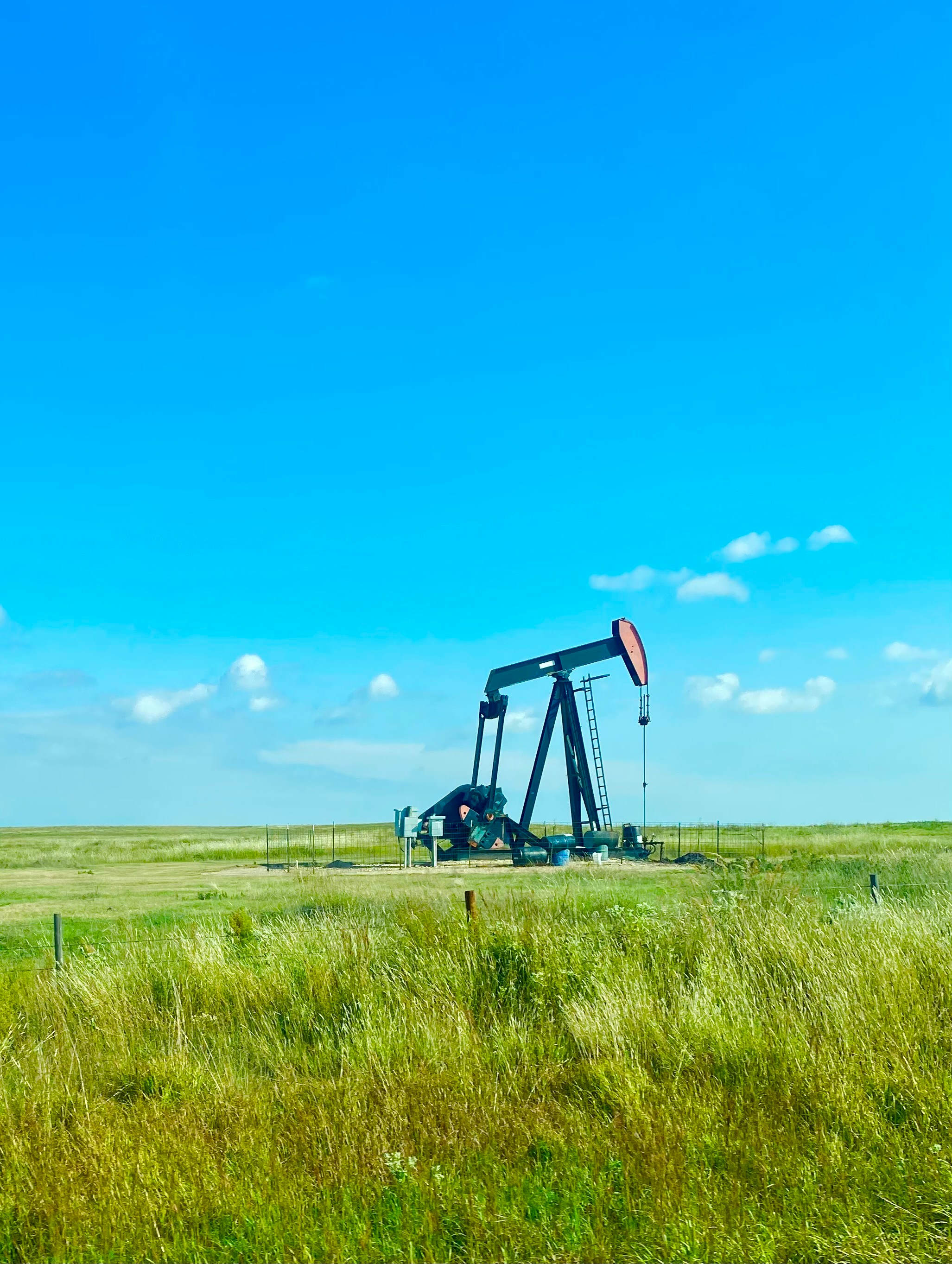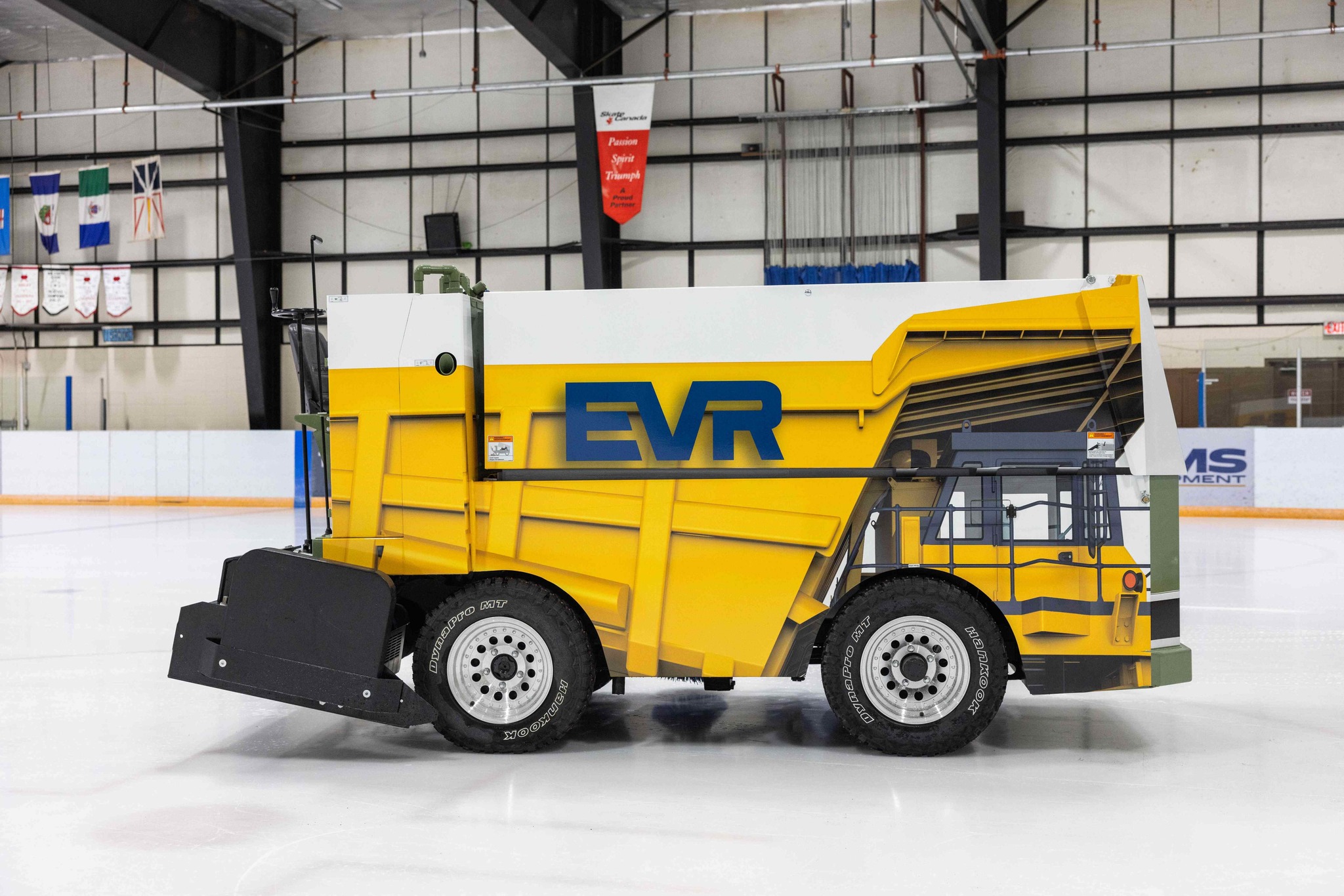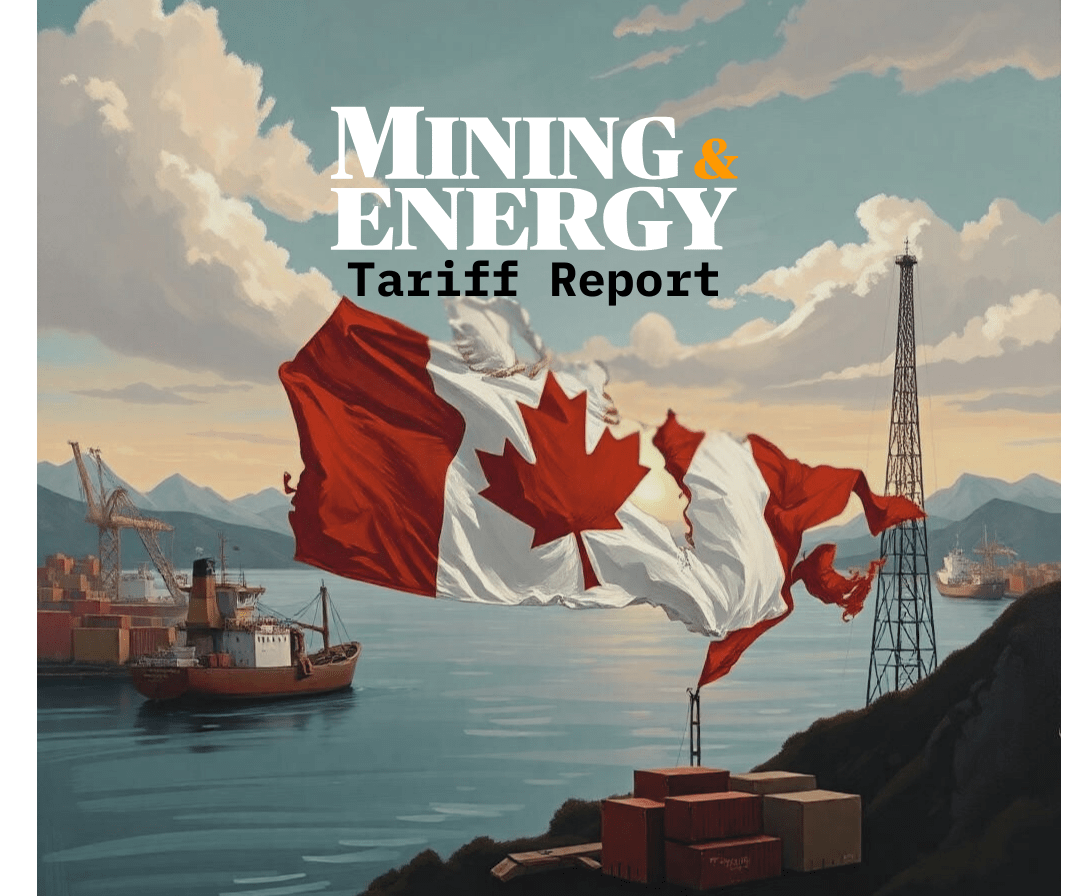Geothermal—Canada on the brink of sustainable energy?

A map of Canada showing the geothermal potential. — Courtesy of Canadian Geothermal Association “It is not the strongest, nor the most intelligent of
A map of Canada showing the geothermal potential. — Courtesy of Canadian Geothermal Association
“It is not the strongest, nor the most intelligent of us, who will survive; it is those of us who can best adapt to change.” Charles Darwin
When Alison Thompson, managing director of the Canadian Geothermal Energy Association (CanGEA), was named to Alberta’s Energy Futures Lab (EFL) fellowship, she was happy to find herself in the company of a diverse group of energy stakeholders—government, industry, First Nations, academia and others.
Having spent much of her career on one side or the other of what she calls “a deep energy divide," Thompson believes her engineering experience and varied career path will allow her to participate as a peer in EFL discussions about all energy alternatives.
Although all of the fellows come to the table with differing opinions, Thompson sees part of her role will be to facilitate discussion and perhaps neutralize divergent positions.
“If we can come together on issues that are of critical importance to everyone, we will move closer to our goal of a truly diversified energy industry that will benefit all interests,” she said.
Arising from the 25-year-old Natural Step approach of working together to effect positive change, the 40-strong EFL fellowship hopes to achieve sustainability that builds on the best of the past, while still welcoming the technological advances that are fast overtaking the energy- and mining-related industries.
Until global markets became saturated – at least for the foreseeable future – and before the world began to clamour for greener alternatives to fossil fuels, most people continued to think of energy as meaning oil, gas and coal.
That applied especially to corporations and their workers in the coal mining and oilpatch industries of British Columbia and Alberta, but the rest of the world is moving on.
Today, the EFL has no plans to sit behind closed doors to continue business as usual because, as Thompson said, “Canada as a whole lags behind many other countries in embracing its huge geothermal, solar and other alternative energy opportunities.”
In part, that is due to the seemingly inexhaustible supplies of traditional fuel resources and to entrenched negative opinions about the potential for alternative energy solutions. That situation was compounded by the reluctance of government and industry to move into uncharted waters. In short, people were too comfortable doing it the old way.
But things they are a-changing.
Slowdowns in the commodities market have a way of altering firm opinions and traditions as little else can. Today, it is no longer economical for many corporations to continue in the coal and oil business, let alone launch new liquid natural gas projects. So if Canada is not to fall even further behind, we and our resource industries need to adapt to the new reality and find ways to transition our vast knowledge, training and skills that have served us well in the past so we can again become energy leaders in a very different world.
Wearing her CanGEA and EFL hats together, Thompson said many of the skills common to mining and oil extraction can be directly applied to geothermal energy projects.
“We can redeploy those skills; rig operators trained for the petroleum industry can teach us how better to drill horizontal wells, miners familiar with percussion drilling can adapt to hard-rock geothermal drilling and the market size is international,” she said.
That’s good news for anyone who has lost, or is about to lose, their job in the oilfields.
Now, all that’s required to begin reversing Canada’s trade deficits is a level playing field for geothermal energy – and that level playing field requires vision and policy changes on the part of government.
Geothermal energy produces far less (if any) greenhouse emissions than natural gas and its production creates 17 times more permanent operations and maintenance jobs according to a report from the U.S. Department of Energy.
Yet, as Thompson pointed out, the natural gas industry continues to enjoy overt and not so obvious subsidies, even to the point where the amount of the subsidy can offset 100 per cent of exploration expenses.
That has to change.
We can only hope that the diligent work of both CanGEA and the Energy Futures Lab will pay off – sooner rather than later.
Join CanGEA on the trip of a lifetime to ICELAND!
In early 2016, tour a country where over 25 per cent of energy is Geothermal
Dates to be confirmed.
Website: www.cangea.ca
Email: [email protected]
In early 2016, tour a country where over 25 per cent of energy is Geothermal
Dates to be confirmed.
Website: www.cangea.ca
Email: [email protected]


